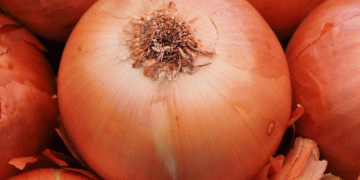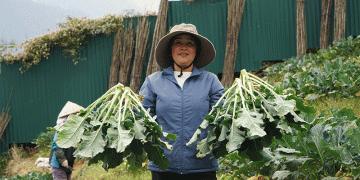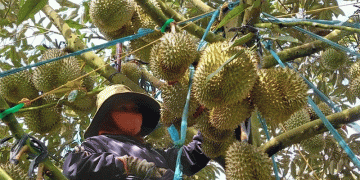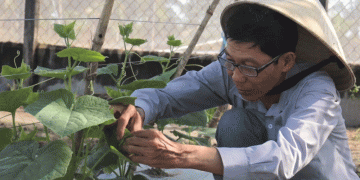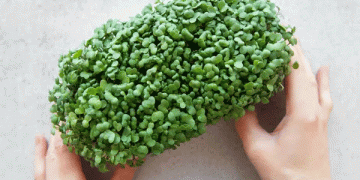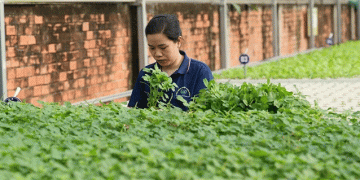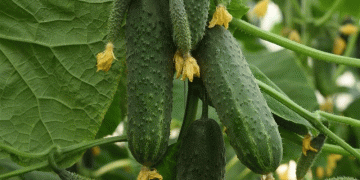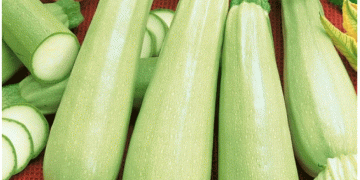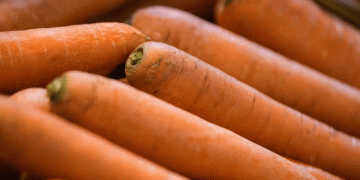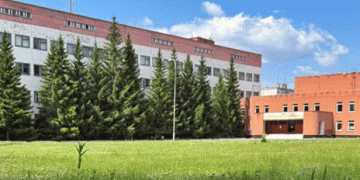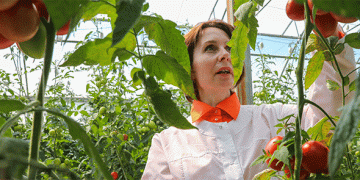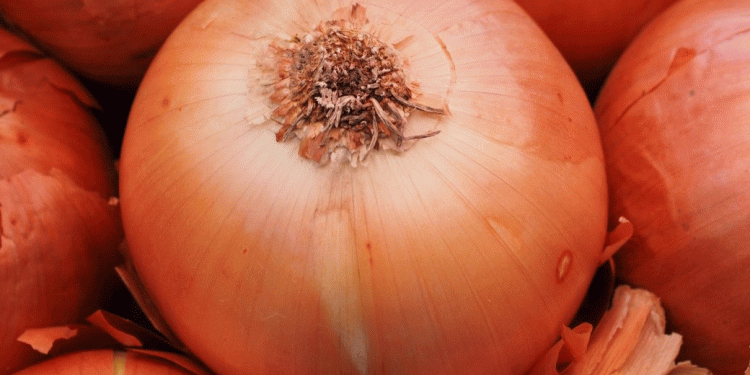For growers of all scales, the challenge isn’t just producing a bountiful onion crop—it’s preserving it. Post-harvest losses in onions can be significant, often reaching 25-50% for smallholders without proper storage, turning a profitable harvest into a wasted effort. The key to success lies not in complex technology, but in mastering the fundamental principles of crop storage: humidity, temperature, and ventilation. By understanding and applying these principles through simple, accessible methods, farmers and gardeners can drastically reduce losses and enjoy their harvest for months.
The Physiology of Onion Storage: Why It’s So Tricky
An onion bulb is a living, dormant organism. The primary goals of storage are to maintain this dormancy and prevent two main issues: rooting/rotting (caused by high humidity) and desiccation (shriveling, caused by low humidity). The optimal storage environment strikes a perfect balance:
- Temperature: 32-40°F (0-4°C) is ideal for long-term storage, as it dramatically slows metabolic activity. However, as the article correctly notes, a standard refrigerator is too humid. In the absence of a controlled cellar, a cool, dark area in a home (40-50°F / 4-10°C) is the next best thing.
- Relative Humidity (RH): 65-70% RH is the target. Any higher promotes microbial growth and rooting; any lower leads to excessive weight loss through moisture evaporation.
- Ventilation: Constant, gentle air circulation is non-negotiable. It prevents moisture from settling on the bulbs, dissipates heat from respiration, and helps maintain uniform temperature and humidity levels.
Evaluating the Methods: Data and Best Practices
The methods outlined in the article are time-tested and align with scientific principles. Here’s a deeper look at their efficacy:
- Vented Boxes and Baskets: This is a highly effective method for bulk storage. The recommendation of a 20-30 cm (8-12 inch) layer is critical. A 2022 study in the Journal of Stored Products Research found that stacking onions beyond 30 cm in crates created a significant humidity and temperature gradient, increasing rot incidence in the center of the pile by over 30% compared to a single layer.
- Mesh Bags and Nets: This is arguably the best commercial and small-scale solution. The open weaving provides 360-degree ventilation. Research from agricultural extension services consistently shows that onions stored in mesh bags have a 15-20% lower rate of post-harvest disease compared to those stored in solid sacks due to superior airflow.
- Braiding (Cosы): While labor-intensive, braiding is the gold standard for home gardeners. It perfectly fulfills all three storage requirements: it keeps bulbs in a cool, dark place (when hung correctly), allows maximum air exposure, and makes it easy to inspect and remove any rotting bulbs before they spoil others.
- The Refrigerator Warning: The article’s strong warning against fridge storage is scientifically sound. The average refrigerator has a humidity level of 80-95%, creating a prime environment for bacterial and fungal pathogens like Botrytis spp. (neck rot) to flourish.
A Systematic Approach to Reduce Losses
Effective onion storage is a systematic process that begins at harvest. Ensuring bulbs are fully matured, cured properly (with necks dried down tightly), and sorted to remove any damaged ones is the first and most crucial step. The storage methods themselves are simple but must be executed with precision, focusing on the trifecta of coolness, dryness, and airflow.
For agricultural engineers and large-scale farm owners, this underscores the importance of investing in properly designed, ventilated storage facilities. For smallholders and gardeners, it demonstrates that low-tech, traditional methods, when understood and applied correctly, are remarkably effective. By adopting these practices, the agri-community can significantly reduce one of the most frustrating forms of waste, ensuring the rewards of a season’s labor are fully realized.
